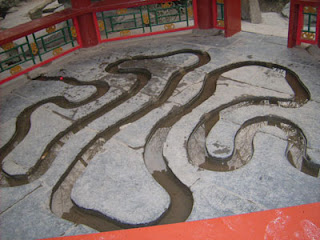There is our chinese ancient war wall called Jinshanling. Where chinese emperors lived since centuries ago , Beautiful scenery and chinese culture lol....love love love love love love love love
Jinshanling Great Wall which famous for its hiking trail offers original features of Ming Dynasty Wall. IF you are a hiking lover, then Jinshanling Great Wall could be the best place to practice your skill. Surrounded by impressive Great Wall and stunning mountainous area, create your trip easier and well
organized by Jinshanling Great Wall Tour. The following is one of the popular tour routes recommend for you:
 Our guide will pick you up at the hotel in downtown Beijing about 6:00am and directly transfer you to Jinshanling Great Wall. Drive to the Great Wall for about 3 hours till reach the Wall. Jinshanling is relatively less crowded, fewer visitors and best for its nature views. Discover many interesting spots for about 4 hours exploring the Wall. Be careful because the path on Jinshanling is rather steep and rocky with some parts are getting quite narrow. Back to the ancient history of China with climbing the original section of Great Wall. After finish, transfer you back to the hotel in Beijing.
Our guide will pick you up at the hotel in downtown Beijing about 6:00am and directly transfer you to Jinshanling Great Wall. Drive to the Great Wall for about 3 hours till reach the Wall. Jinshanling is relatively less crowded, fewer visitors and best for its nature views. Discover many interesting spots for about 4 hours exploring the Wall. Be careful because the path on Jinshanling is rather steep and rocky with some parts are getting quite narrow. Back to the ancient history of China with climbing the original section of Great Wall. After finish, transfer you back to the hotel in Beijing.OK Jinshanling Great Wall id a real good place for you .when you are in Beijing and want to have a meanful holiday,No matter plan a Great Wall Hiking or Jinshanling Great Wall tour ! Great Wall of china tours choose Jinshanling !
Read details:








